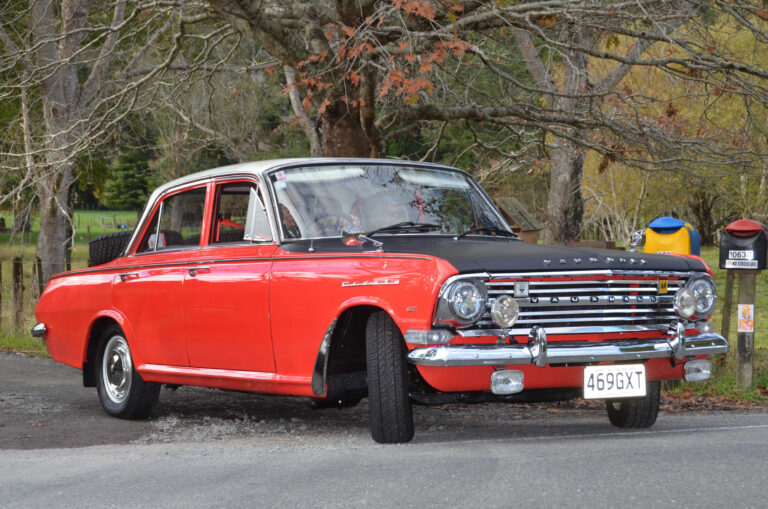Jensen Motors were perhaps best known for their Interceptor and FF models, British GT coupes powered by big Chrysler V8s, before the Jensen marque was relegated to the dusty ranks of history in 1976. Though a revival was made near the close of the 20th century, it was short-lived, and the company collapsed in 2002.
The company began automotive manufacture in 1934, and now, nearly 80 years later, their name is making a reappearance, attached to the new Jensen GT. The revival of the Jensen name is the doing of industry stalwart Tim Hearley, saying, “This represents the next chapter of Jensen and, as we look to the future, we want Jensen enthusiasts to help us celebrate as we unveil a completely new car and outline our plans for the future.”

The Jensen Group is currently working to launch the Interceptor 2 in 2016, but until the all-new car is revealed, the Jensen GT will fill that gap quite nicely. Clay-model images for the Jensen GT reveal a modern take on the Interceptor’s lines, though the engine is no longer a Chrysler offering — instead, a GM (presumably LS-based) 6.4-litre supercharged, alloy V8, featuring fuel injection, VVT (variable valve timing), and dry-sump lubrication, through either a six-speed manual or automatic transmission. The substantial powerplant’s output is stated to be 665hp, and 630lb·ft.
The suspension and brakes are said to be derived from the short-lived Jensen SV-8, comprising double wishbone suspension and multi-piston brakes. A spaceframe chassis with composite and aluminium body panels bring Jensen’s structural touches into the modern era, and promise a truly refreshing, modern GT. We look forward to seeing further progress on this modern British icon.


